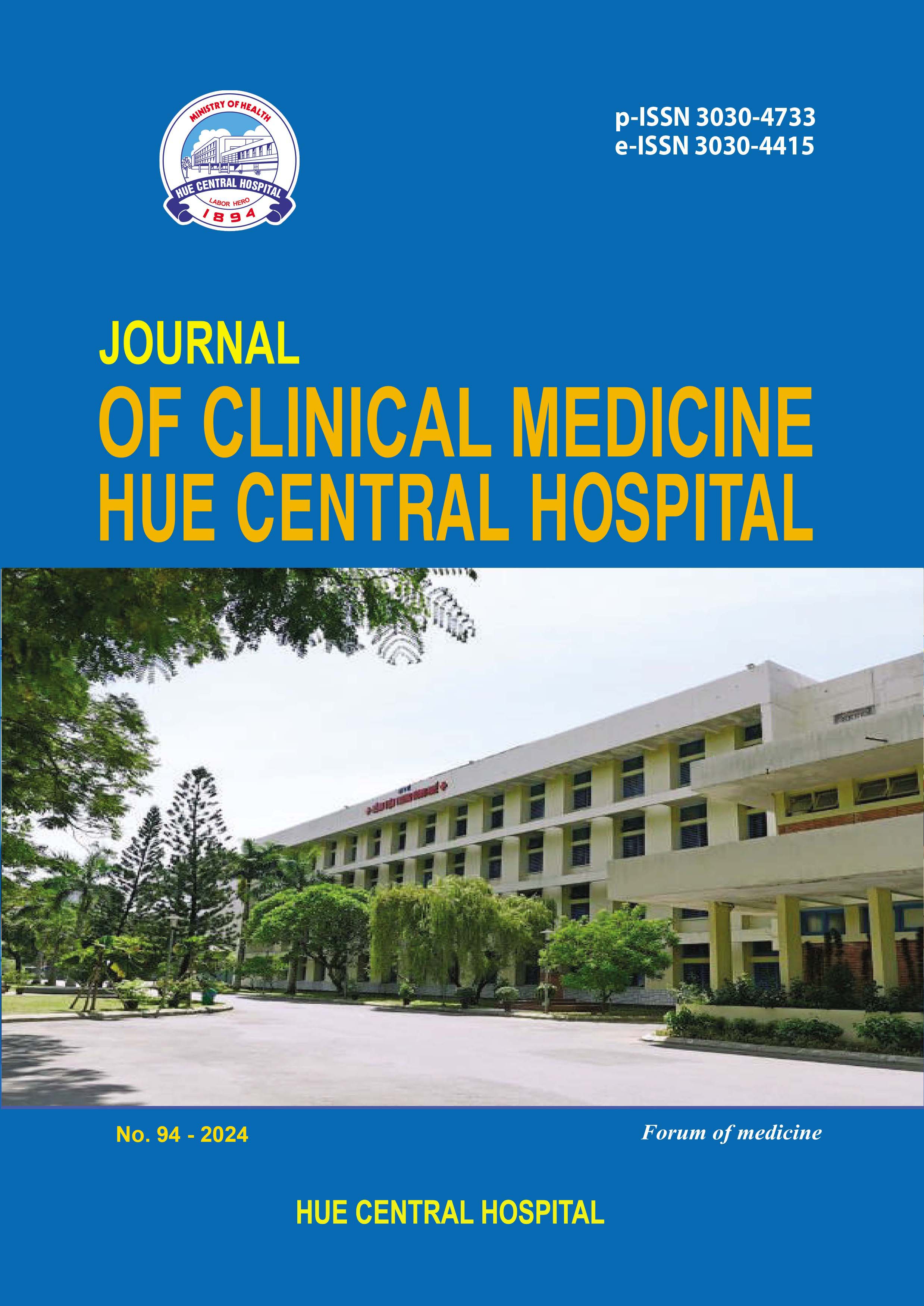Abstract
Objective: To evaluate the role of breast digital tomosynthesis mammography in diagnosing BI-RADS 3 and 4 lesions.
Methods: A prospective study was conducted on 100 patients with breast lesions of BI-RADS 3 and 4 on digital tomosynthesis mammography. All patients had histopathologic finding as benign or malignant.
Results: 3D mammography had higher sensitivity and specificity than 2D mammography (93.8% and 94.2% on 3D mammography vs. 85.4%; 84.6% on 2D mammography, respectively. The agreement in BI-RADS 3 and 4 classification on 2D mammograms and 3D mammograms was at a decent level (Cohen’s Kappa = 0.64). The ability to distinguish benign/malignant breast tumors of 3D mammography was at a very good level (0.93), while 2D mammography was at a good level (0.85). Especially in patients with dense breast tissue, 3D mammography had higher sensitivity and specificity of 95% and 95.8%, respectively, than 2D those in mammography (sensitivity: 85.4% and specificity: 87.2%).
Conclusion: 3D mammograms have the ability to distinguish benign/malignant breast tumors better than 2D mammograms. 3D mammography should be considered in combination with or instead of 2D mammography in diagnosing breast lesions, especially in cases with dense breast tissue.
References
Altobelli E, Lattanzi A. Breast cancer in European Union: an update of screening programmes as of March 2014. International journal of oncology. 2014;45(5):1785-1792.
Freer PE. Mammographic breast density: impact on breast cancer risk and implications for screening. Radiographics, 2015;35(2):302-315.
Tan S, Evans A, Lam T, Cheung K. How relevant is breast cancer screening in the Asia/Pacific region?. The Breast. 2007;16(2):113-119.
Lại Thu Hương, Lưu Hồng Nhung và Phạm Minh Thông. Giá trị của cắt lớp tuyến vú kĩ thuật số (dbt) trong chẩn đoán ung thư vú. Tạp chí Điện quang & Y học hạt nhân Việt Nam. 2016(26):46-52.
Nguyễn Thị Thu Hà. Nghiên cứu giá trị của x-quang cắt lớp trong chẩn đoán ung thư vú ở bệnh nhân có vú đặc hoặc bất xứng khu trú. Trường Đại Học Y Hà Nội. 2021.
Hồ Hoàng Thảo Quyên. Giá trị của x quang và siêu âm trong sàng lọc ung thư vú ở phụ nữ từ 40 tuổi trở lên. Luận án tiến sĩ y học, Trường Đại học Y dược Thành phố Hồ Chí Minh. 2018.
Ko MJ, Park DA, Kim SH, et al. Accuracy of Digital Breast Tomosynthesis for Detecting Breast Cancer in the Diagnostic Setting: A Systematic Review and MetaAnalysis. Korean J Radiol. 2021;22(8):1240-1252.
Choi WJ, Kim HH, Lee SY, Chae EY, Shin HJ, Cha JH, et al. A comparison between digital breast tomosynthesis and full-field digital mammography for the detection of breast cancers. Breast Cancer. 2016;23:886-892.
Phi X-A, Tagliafico A, Houssami N, Greuter MJ, de Bock GH, Digital breast tomosynthesis for breast cancer screening and diagnosis in women with dense breasts–a systematic review and meta-analysis. BMC cancer. 2018;18:1-9.
| Published | 28-12-2024 | |
| Fulltext |
|
|
| Language |
|
|
| Issue | No. 94 (2024) | |
| Section | Original article | |
| DOI | 10.38103/jcmhch.94.2 | |
| Keywords | Ung thư vú, X quang số hóa cắt lớp tuyến vú Breast cancer, breast digital tomosynthesis mammography |

This work is licensed under a Creative Commons Attribution-NonCommercial-NoDerivatives 4.0 International License.
Copyright (c) 2024 Journal of Clinical Medicine Hue Central Hospital

